You don’t need to look far to see the impact of art in public spaces. Art can connect us to place and record history as it unfolds.
Throughout the COVID-19 pandemic, stories on the importance of public art are being told globally. And this isn’t new. Times of crisis have often inspired some of the most influential artistic movements.
Displaying visual symbols of resistance publicly, like the face of George Floyd, can connect social movements across the world. And in Canada, the display of statues like Egerton Ryerson have been deemed unacceptable as we reckon with our ongoing colonial history.
Public art can be defined as art that is available to the general public outside of museums and galleries; publicly funded; and related to the interests or concerns of, and used by a public community.
Public art is referred to by some as creative placemaking: a process of artistic creation and collaboration that helps to shape the surrounding built, natural and social environments.
For French philosopher Jacques Rancière, art is disruptive. Done right, he says, it can make the spectator rethink their understanding of politics and society by calling to attention previously hidden inequalities.
For many, the power of public art rests in its ability to turn artistic practice into a social practice. It challenges the viewer to confront social issues that affect the very place they stand.
Art in times of crisis
COVID-19 is just one example of a period of shared adversity when our connection to the arts has flourished. The Dadaists’ commentary on the 1918 flu reflected an intense and collectively frustrated desire for meaning in a world filled with chaos.
Read the full article on The Conversation
Author:
Recommended by Luisa Bravo


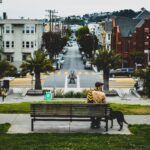
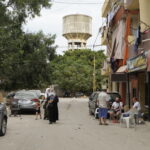
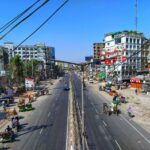
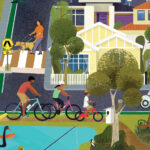
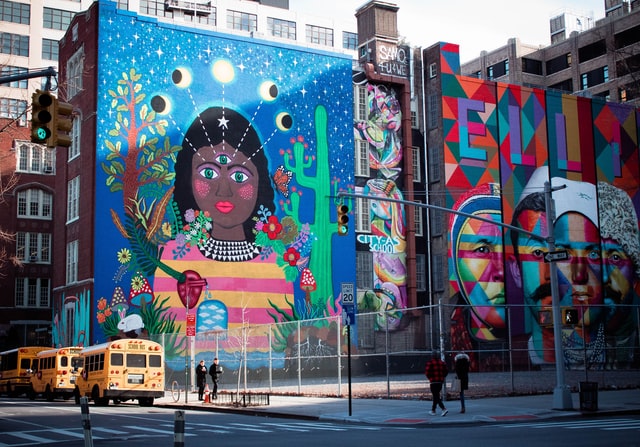
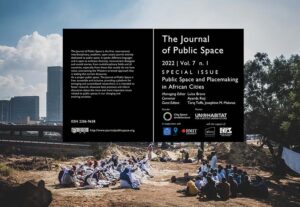


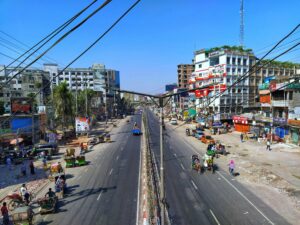
More Stories
Defining Placemaking: What Does It Really Mean?
Contemporary Public Spaces: 11 Projects That Inspire New Ideas
A stealthy reimagining of urban public space by Elizabeth Diller